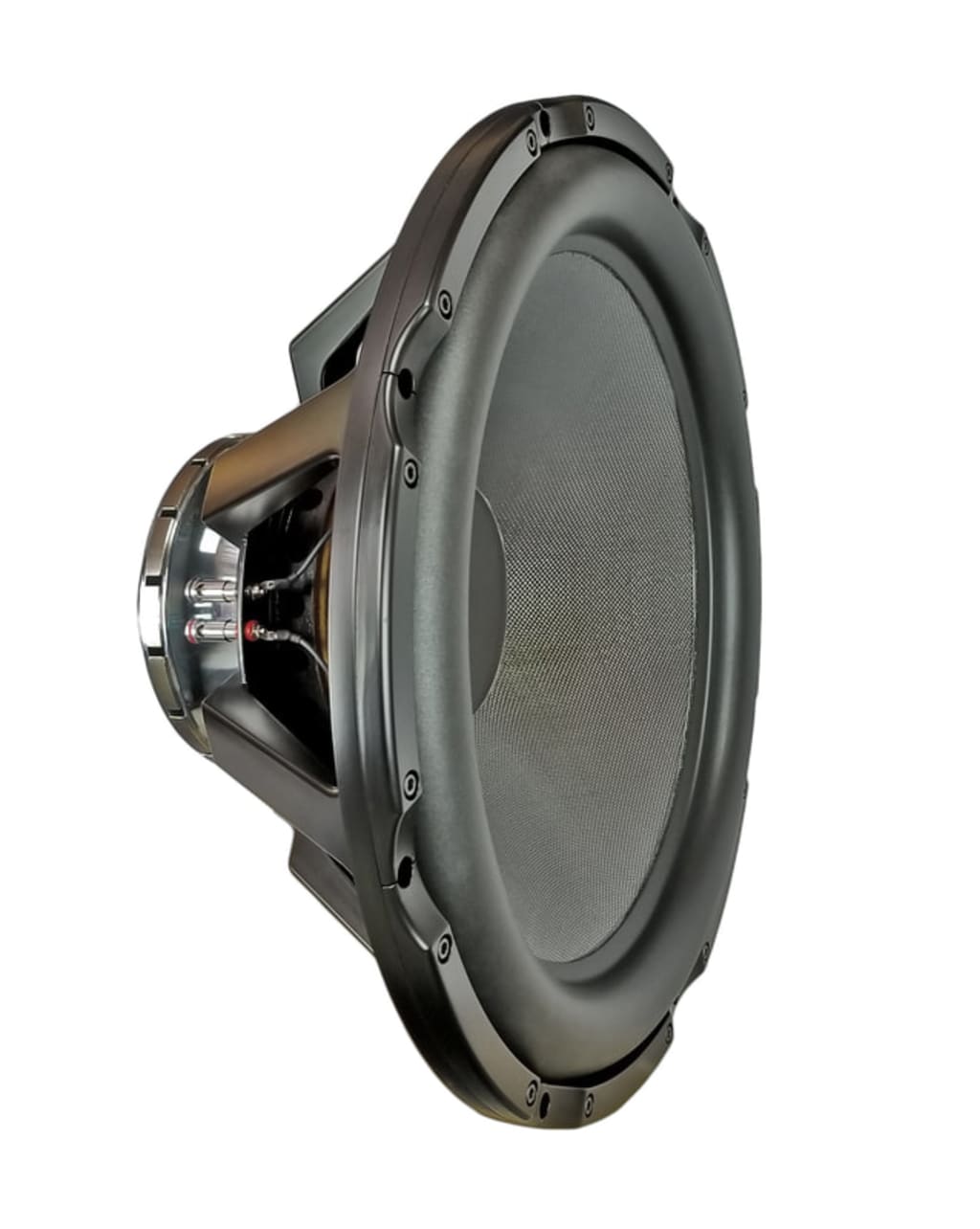
The entertainment industry is scrambling for money. Commercial cinemas are competing head to head with home audio systems. Yes, there are forum posts with actual cost benefit of buying a home theater system vs going to the movie theater. The music industry is scratching for every cent they can make by cross advertising product and pushing social celebrity status. Couple all of this with every kind of person alive trying to hit it big on every kind of reality show and social media outlet available, we are faced with a hard economic fact: popularity pays and it has never been harder to be popular.
So why the vomitous opening statement of the woes in entertainment? Quality content, specifically quality production, is at a horrific low, making it next to impossible to differentiate production value. In the 1980s, there were huge leaps in production value because there was tangible evidence that entertainment was changing...you could actually see and hear it. In 2018, the production value that carved new roads in the entertainment industry has stagnated, and it is very difficult to hear the difference. But how can that be with offerings like Tidal and high-def streaming services? Lossless is the best of the best, right? Only when it is produced to the highest level of lowest common denominator—the engineering used to make the speaker that's used to remake the sound. How can this be? It's simple, but it involves getting far enough away from the content so you can actually see the entertainment landscape as it relates to technology. So let's back up a little bit. In the 1950s after America regained some steam from WW2, there was money to be made, and the industrial revolution was starting to morph into the technology age. Some men developed a thing called Hifi, short for high fidelity, and over time as the science of audio became better, these men refused to change engineering and production patterns unless the change increased profits. So from that point forward, the audio industry has been locked in a way of doing things that is simply old, outdated, and not focused on actually advancing anything but the bottom line. Now some people might say that there has been tons of advancement within the industry, to which I will agree. The specific thing that has not changed in principal is the foundation of the design method for speaker drivers. All the tech in amplification, signal processing, and recording doesn't help if the engineering for the speaker driver is from the 1950s. So the question begs to be asked: What real world impact does a high tech material have on the principle methodology of design? The answer is the consumer price tag. Here is an unknown secret: the principle used to design speakers has not changed (fundamentally) since the 1950s. Why? Because it's a proven money maker on all fronts, and to break that mold means that you need to control your own manufacturing from raw materials to finished product on top of devising a new method of engineering that does not exist, because the industry has set a standard way of doing things that is about 70 years old. In simple terms, it's really hard.
So how does this bit of enlightenment affect your entertainment? With the litany of audio formats and multi-channel audio cinema, normal people are being convinced that what they have is the widest variety of entertainment the world has ever seen, and what they need is more speakers. Well, if the fundamental of the design that the entertainment is based on is around 70 years old, how good is the actual entertainment? Something that I came across the other day was very interesting to me: a metric ton of information on audio design fundamentals. It suddenly dawned on me like a new awakening, a rebirth if you will. The easiest way to create a name for ones self in entertainment is to actually produce something popular and of high quality. But how do you do that when your monitors are designed on the same principal as everything else? Queen produced their albums to amazingly high standards, and they had the equipment to make it viable. The Roland 808 was so ground-breaking it would blow up speakers. So, the actual engineering of audio equipment needs to change on a fundamental level. I came across this company called Harbottle Audio. Now, they claim that their baseline engineering cuts distortion by 75 percent from a comparable product in performance and price. But they actually back it up by guaranteeing less than one percent variance in end performance. Now I started digging and I could not find one audio manufacturer that openly publicizes this kind of quantifiable guarantee. Then I did a whole bunch of reading and math, and guess what I found: the industry standard for audio design is +/- 10 percent on small parameters before it can be considered defective. This means that on a bad day, you can get a set of speakers and there can be as much as 20 percent difference in the baseline engineering measurements. Those speakers are as different as an orange is to the sky! Now Harbottle Audio has posted parameters for conceptual designs that only vary by +/- five percent.... HALF the industry standard of production product. One product that is in concept is actually posted as a range in parameters. A RANGE! In a concept! That is a definitively solid set of numbers. These guys operate on a totally different level than an entire industry. So if a full production product is plus or minus ten percent, and this one manufacturer can actually guarantee a set range of hard numbers on something that only exists on paper, what are you actually buying at the electronics store? In talking to Harbottle, I found out something super interesting about their Quality Control standards: each driver has over 100 quality control checkpoints. They don't do statistical QC, and they engineer to a comparable price. Their affiliate, Funk Audio, performs over 300 quality control checks on each finished product. So a set of speakers is QC'ed over 600 times. QC that's around a billion times beyond anything that I know of, 75 percent less distortion, +/- 0.5 percent in end performance, and at a comparable price. Can you imagine what the entertainment landscape would look like with a new kind of engineering fundamental taking over the audio spectrum? The top tier producers would have the best reference monitors for doing their job and they would be paid exactly what they are worth. Albums that deserve to go un-produced would tank due to poor studio work because consumers would actually be able to hear the difference. Seriously, there are bands and albums that gain traction and they are nothing more than a garage cut. What's the point of high end studios if the end user can't hear the difference? Movie theaters would be a new awakening of the submersive experience, and there would be a re-calibration of available audio gear. Oh, and another thing, cutting distortion by 75 percent can only be done if all sources of distortion (and there are a ton of them) are dealt with and engineering tolerances are insanely high. In other words, cutting that much distortion means that the system has to be efficient...low power consumption. Saving energy sounds like a pretty good reason to adopt a better way of making things. Doesn't the UK only make about five percent more electricity than it actually needs? Aren't hybrid and electric cars becoming the answer to conspicuous consumption?
So what is the verdict? Can you hear a 75 percent cut in distortion? Yes, oh my yes. I bought a speaker, I intend on buying more, and there isn't a word to convey the immensity of difference in overall... everything. Measured power consumption is around 30 less less, a garage album sounds like a garage album, and my wife has never been happier.
About the Creator
Cody Hiebert
Audiophile. Outdoorsman. Advocate for quality over quantity.
Enjoyed the story? Support the Creator.
Subscribe for free to receive all their stories in your feed. You could also pledge your support or give them a one-off tip, letting them know you appreciate their work.






Comments
There are no comments for this story
Be the first to respond and start the conversation.